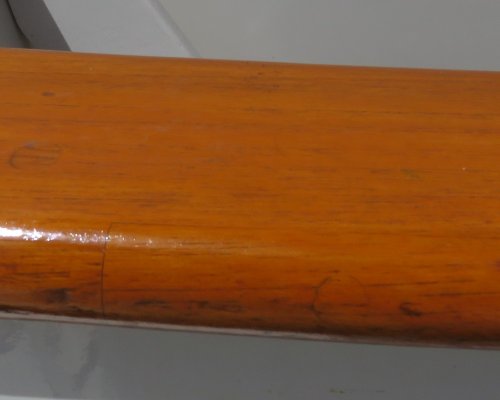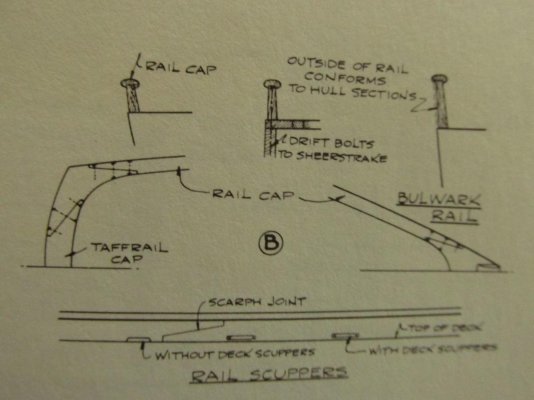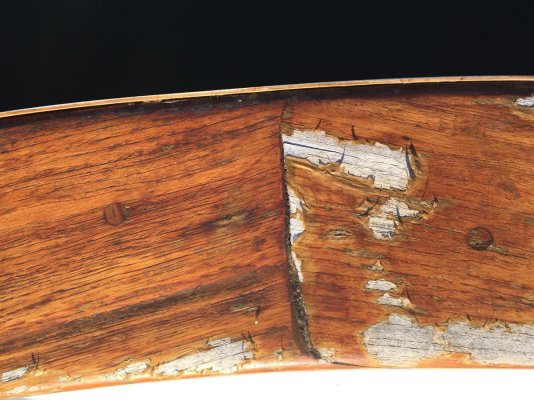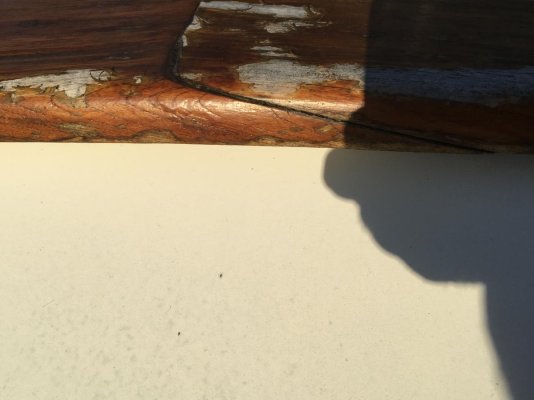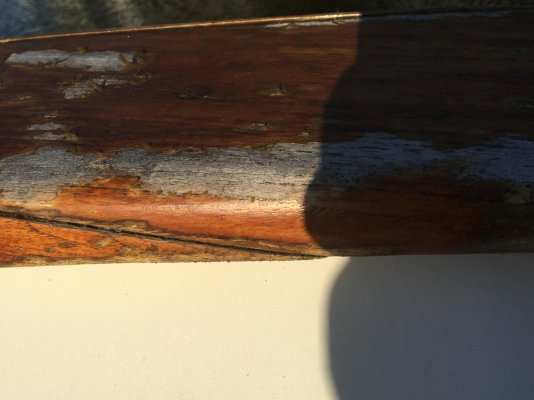waterfront
Veteran Member
- Joined
- Apr 18, 2012
- Messages
- 54
- Location
- USA
- Vessel Name
- Waterfront
- Vessel Make
- Chein Hwa Present Sundeck 35
I have a scarf joint that has separated on my caprail. My thoughts are to clean out the material in the joint, refasten , and then fill with epoxy. After it sets up, sand and fair the area and then refinish. Are my thoughts correct or is there another method to make this repair?




